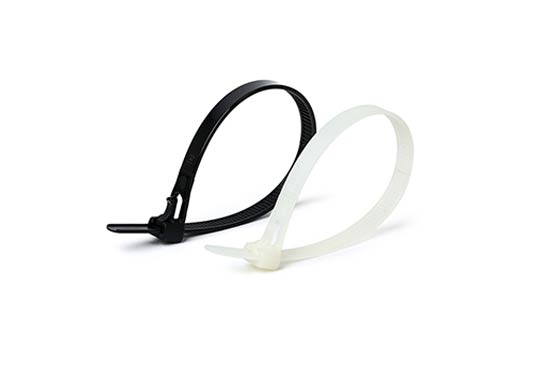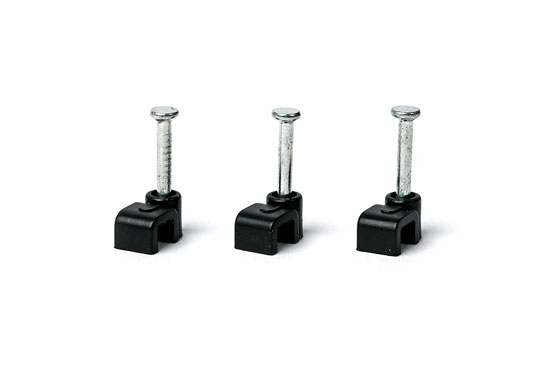Tel
0577-62795555
Tel
0577-62795555
Aviation cable ties have come a long way from their humble beginnings as simple fasteners. Over the years, advancements in materials, design, and engineering have transformed these unassuming components into vital elements of aircraft safety and performance. In this blog, we'll take a journey through the evolution of aviation cable ties, from their basic functions to the innovative features that define modern aerospace technology.
In the early days of aviation, cable ties served a basic purpose: to bundle and secure electrical cables and wiring. These ties were often made from nylon or other common materials, providing a simple yet effective solution for keeping cables organized and preventing tangling. While rudimentary, these cable ties marked the beginning of a revolution in cable management. The design of early cable ties was straightforward—plastic strips with ridges that could be tightened around cables using a small tab. These designs, though functional, had limitations. The ties weren't as secure in high-vibration environments, and their resistance to extreme temperatures and other aviation-specific challenges was limited.
As aviation technology advanced, so did the need for more durable and specialized cable ties like the aviation cable ties. The introduction of high-performance polymers, such as PEEK (Polyether Ether Ketone) and Tefzel, brought about significant improvements. These materials offered enhanced resistance to heat, chemicals, and UV radiation, making them suitable for a wider range of aviation applications, including areas exposed to extreme conditions. The aviation industry's unyielding commitment to safety prompted the development of fire-resistant cable tie materials. These materials are designed to self-extinguish and resist the spread of flames, contributing to the overall fire safety of aircraft. Fire-resistant cable ties are now a standard requirement in many aviation regulations.
Addressing the challenges of vibrations in aircraft, engineers introduced vibration-dampening cable ties. These ties incorporate materials and designs that absorb and dissipate vibrations, preventing cable chafing and damage. The introduction of these ties significantly extended the lifespan of cables in high-vibration environments, enhancing the overall reliability of aviation systems. With the increasing reliance on electronic systems in modern aircraft, the issue of electromagnetic interference (EMI) became more prominent. EMI shielding cable ties were developed with conductive materials that effectively reduce the impact of electromagnetic fields on sensitive avionics equipment. These ties play a vital role in maintaining the integrity of communication and navigation systems.
Innovations in cable tie design also extended to installation mechanisms. Self-locking cable ties, equipped with mechanisms that lock the tie in place without requiring external tools, revolutionized the efficiency of installation. This advancement not only saved time but also reduced the risk of installation errors. In the era of digitalization, even cable ties have embraced technological innovations. RFID (Radio Frequency Identification) integrated cable ties allow for better tracking and management of cables. This technology enables aviation maintenance teams to identify cables, track maintenance history, and ensure timely replacements, contributing to overall aircraft safety and maintenance efficiency.
The evolution of aviation cable ties from basic fasteners to advanced components reflects the ongoing dedication of the aviation industry to safety, efficiency, and innovation. The combination of high-performance materials, specialized designs, and technological integrations has transformed cable ties into multifunctional assets in modern aircraft. As aviation continues to advance, it's clear that cable ties will remain a critical part of the industry's ongoing pursuit of excellence in safety and performance.
Related Cable Tie Articles



